
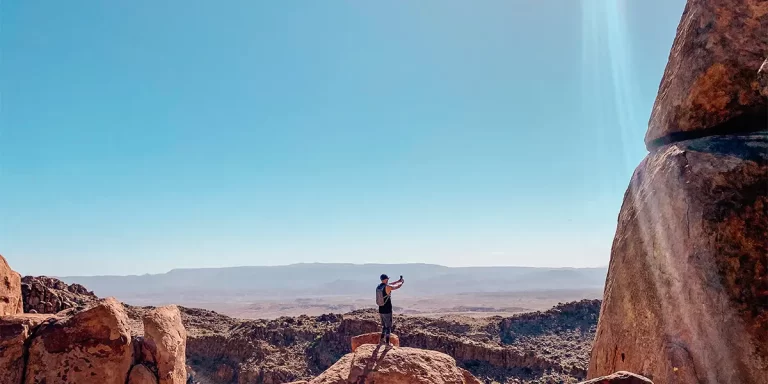
Backpacking in Texas offers an opportunity to immerse yourself in the diverse and breathtaking landscapes of the “Lone Star State.”
From the rugged peaks of the Guadalupe Mountains to the lush green forests of East Texas, and the arid deserts of the Big Bend region, Texas offers a wealth of backpacking adventures for every level of hiker.
In this guide, we’ll share essential tips and the TOP 5 multi-day trails to tackle in Texas. Whether you’re a seasoned backpacker seeking new challenges or a newcomer eager to explore the great outdoors, the Lone Star State has something to captivate every nature enthusiast.
Interested? Let’s get started.
Here are the best multi-day backpacking trails in Texas:
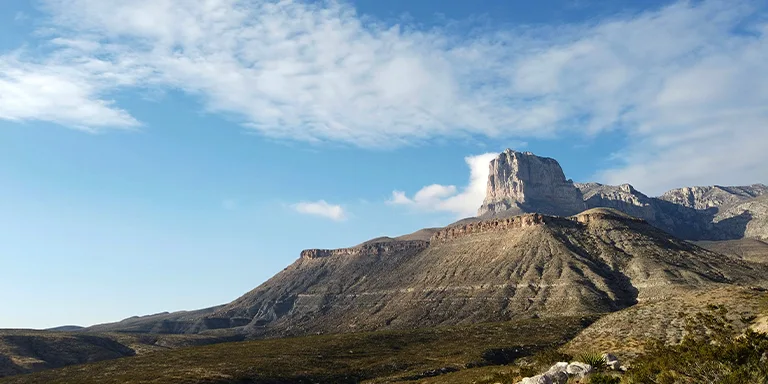
Length: 8.1 mi / 13 km
Type: Out and back
Difficulty: Hard
Elevation Gain: 2949 ft / 899 m
Location: Guadalupe Mountains National Park
Estimated Hiking Calorie Burn: 3000 calories
More Details: See on AllTrails
The Guadalupe Peak Trail is an 8.1-mile out-and-back hike, reaching the highest point in the state at 8,749 feet. Extremely strenuous and taking 6-8 hours round-trip, it features steep switchbacks for the first 1.5 miles, followed by pine forests, a false summit, and a backcountry campsite before the final rocky push to the panoramic summit. Bring plenty of water, sun protection, layers for changing weather, and start early. Despite the grueling difficulty, it’s an iconic Texas hike.
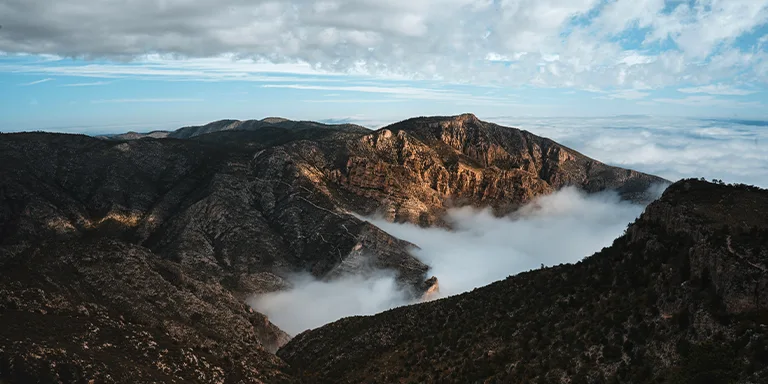
Length: 31.6 mi / 50.8 km
Type: Loop
Difficulty: Hard
Elevation Gain: 6863 ft / 2092 m
Location: Big Bend National Park
Estimated Hiking Calorie Burn: 12 700 calories
More Details: See on AllTrails
The Outer Mountain Loop is a brutal 31.6-mile circuit in Big Bend National Park, combining multiple trails like Pinnacles, Dodson, and Blue Creek. Highly challenging and taking around 16 hours, it offers varied desert scenery but scarce water. Avoid summer heat. For experienced backpackers only – strenuous, carry ample water, cache supplies, and allot multiple days for this rugged wilderness adventure.
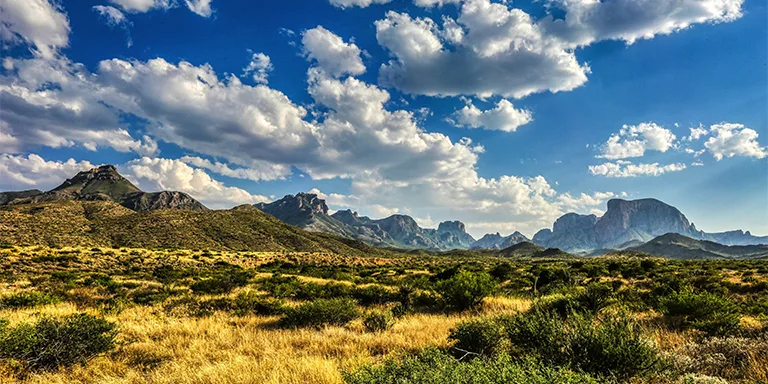
Length: 15.2 mi / 24 km
Type: Loop
Difficulty: Hard
Elevation Gain: 3185 ft / 971 m
Location: Big Bend National Park
Estimated Hiking Calorie Burn: 7300 calories
More Details: See on AllTrails
The South Rim Trail is a challenging 15.2-mile loop in Big Bend National Park, taking around 8 hours. It culminates with a scramble up Emory Peak, the highest point, with incredible Chisos Mountain views. The exposed trail is great for wildlife viewing and camping offers unreal stargazing. Go clockwise for harder start or counterclockwise for more solitude early. A classic Big Bend hike combining panoramic vistas, camping, and a decent challenge.
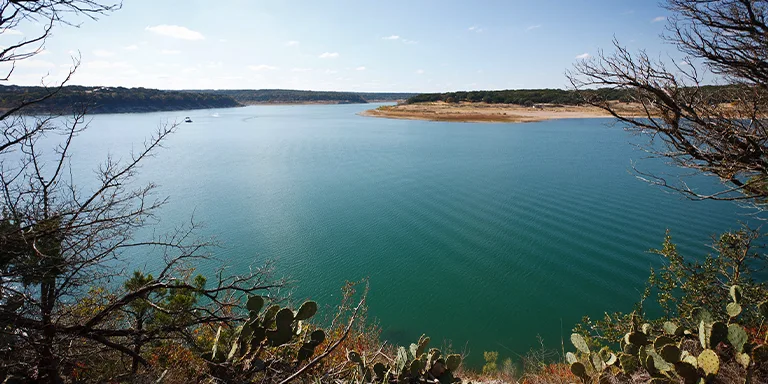
Matthew Peoples, CC BY-SA 2.0, via flickr
Length: 26.9 mi / 43.3 km
Type: Loop
Difficulty: Moderate
Elevation Gain: 1519 ft / 463 m
Location: Cedar Breaks Park
Estimated Hiking Calorie Burn: 9800 calories
More Details: See on AllTrails
The Lone Star Hiking Trail is a moderate 26.9-mile loop near Georgetown, taking around 9 hours. Go clockwise starting at Tejas Park for the least rocky start/finish. Popular for backpacking with campsites from Russell to Cedar Breaks Parks. Traverses parks like Overlook and Cedar Breaks through classic Hill Country scenery. Avoid heat and bring bug spray.
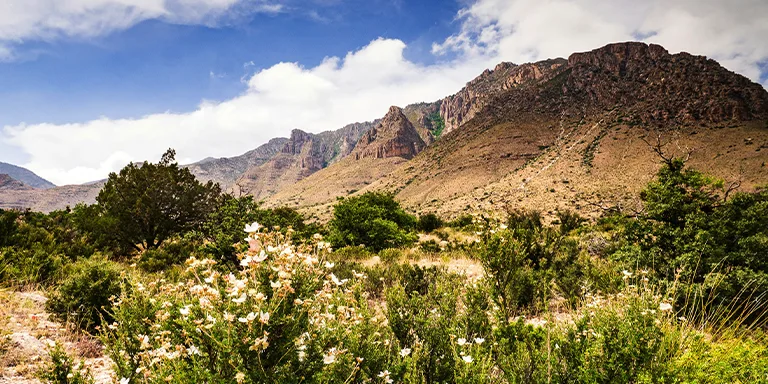
Length: 21.3 mi / 34.3 km
Type: Out and back
Difficulty: Hard
Elevation Gain: 4074 ft / 1242 m
Location: Guadalupe Mountains National Park
Estimated Hiking Calorie Burn: 9700 calories
More Details: See on AllTrails
The McKittrick Canyon Trail is a strenuous 21.3-mile out-and-back in Guadalupe Mountains National Park, taking around 10 hours. It travels the length of scenic McKittrick Canyon to the Tejas Trail intersection, passing highlights like The Notch rock formation. Can extend into a loop or point-to-point using other trails. Camp at McKittrick for solitude and dark skies.
Texas experiences a diverse climate with hot summers and mild to cool winters. Here’s a broad overview:
Before making your gear selection, take a look at the weather statistics for Texas (Huntsville):
| Jan | Feb | Mar | Apr | May | Jun | Jul | Aug | Sep | Oct | Nov | Dec | |
|---|---|---|---|---|---|---|---|---|---|---|---|---|
| High °F | 61 | 65 | 72 | 79 | 85 | 91 | 93 | 94 | 89 | 80 | 70 | 62 |
| Low °F | 42 | 46 | 52 | 59 | 67 | 72 | 74 | 94 | 68 | 60 | 51 | 44 |
| Rainy Days | 8 | 7 | 8 | 8 | 10 | 11 | 9 | 9 | 8 | 8 | 8 | 8 |
Not sure if Texas is right for you?
Don’t forget to check out our backpacking guide for New Mexico.
Whether campfires are allowed while backpacking in Texas depends on local fire restrictions and risks, but generally campfires are permitted in state parks and forests when fire danger is low. Backpackers should always check with local land managers regarding current fire bans before starting any fire, use established rings in developed areas and portable fire pans in backcountry, completely extinguish fires before leaving or sleeping, and consider alternative cooking methods like gas stoves during high fire risk periods to avoid potential fines for illegal or unsafe campfires.
Backpackers should thoroughly research the trails and parks they plan to visit, checking for safety hazards such as extreme temperatures, venomous snakes, flooding risks or wildfires ahead of time. Safety essentials include bringing plenty of water, durable hiking boots, maps of the area, a first aid kit, sharing your route/timeline with others, using BearVaults or hanging bags for food storage to avoid animal encounters, having proper navigation tools like a GPS or compass as phone coverage may be limited, as well as carrying gear like insect repellent, a firestarter, pocket knife, and emergency shelter.
It’s best to be prepared for wildlife encounters by making noise on the trail, storing food properly, and knowing basic behaviors – for example, leave rattlesnakes alone and give them space if seen, black bears are usually not aggressive but keep a safe distance and don’t run if encountered, and avoid interaction with javelinas which can charge if cornered while backing away slowly. Having bear spray on hand is a good precaution in some areas, and following food storage regulations in parks helps prevent potential conflicts with animals attracted to food smells. Always be alert yet cautious, avoid surprising animals, and contact authorities if needed for aggressive behaviors.